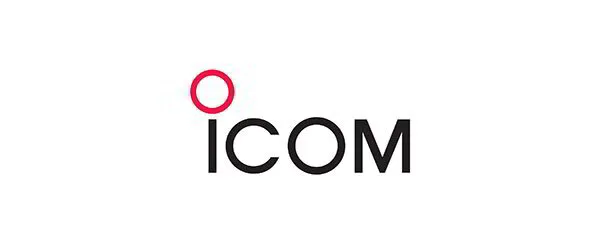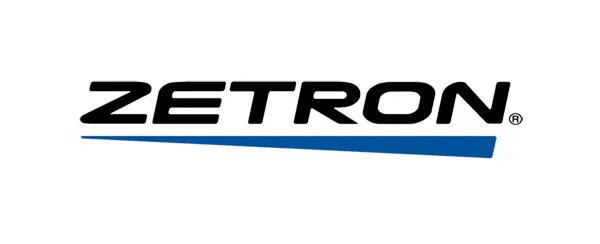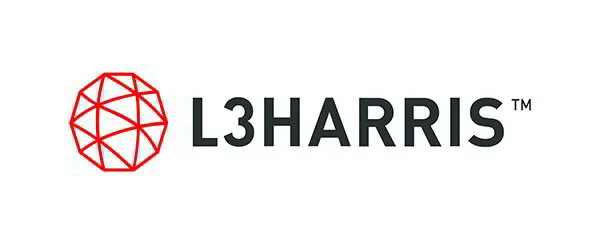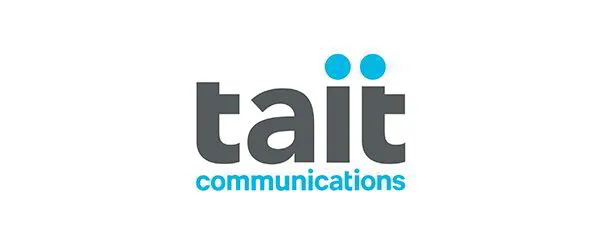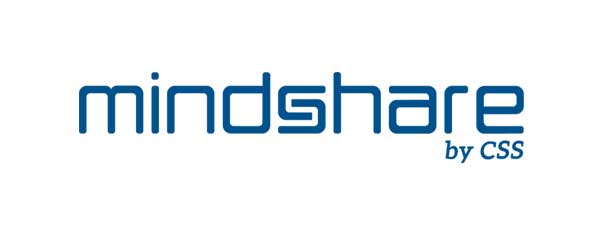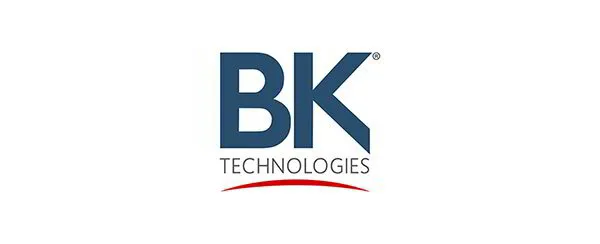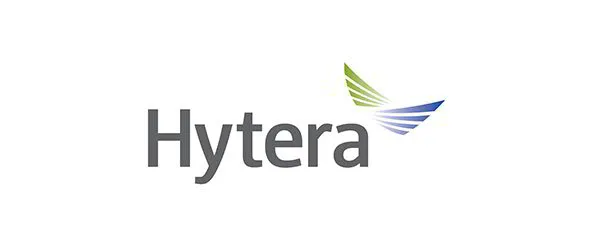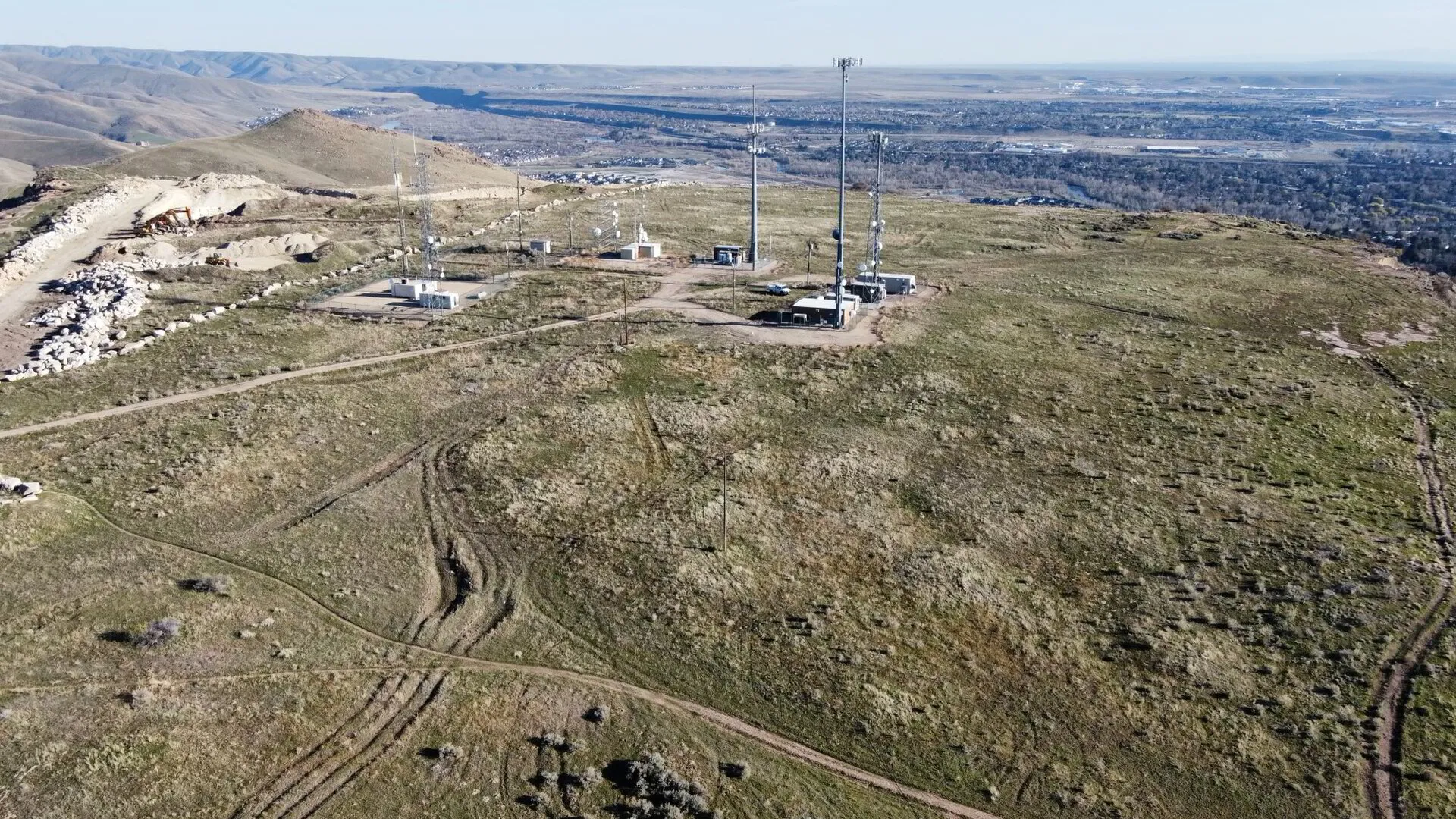
One of the Most Complete Communication Networks in the Northwest
White Cloud Communications Inc., an Idaho-based company with nearly 50 years of expertise, is headquartered in Twin Falls and operates satellite offices in Garden City, Burley, and Idaho Falls. We specialize in advanced two-way radio services, designing, developing, and delivering innovative solutions that boost productivity, enhance safety, and connect people in the toughest environments. Our mission is to provide seamless, reliable, and instant communication for businesses and communities across southern Idaho. With a focus on innovation, quality, and a customer-first mindset, we aim to be the trusted leader in wireless communication solutions.
Industries

Introduction to UHF Radios
In today’s fast-paced world, UHF Radios have become indispensable tools for numerous industries. From enhancing safety protocols in emergency services to facilitating seamless communications in large events, their applications are vast and varied. As someone with over 20 years in the wireless communication industry, I’ve witnessed firsthand how these devices can transform operations with their reliability and range.
How Do UHF Radios Work?
UHF Radios operate within the Ultra High Frequency range, typically between 300 MHz and 3 GHz. This allows them to penetrate buildings and dense foliage, making them ideal for urban and forested environments alike. Unlike VHF counterparts, UHF Radios offer clearer, more robust transmissions, even in areas with significant obstructions.
Significant Benefits of Using UHF Kenwood Radios
There are several compelling reasons to choose UHF Radios. First, their ability to support multiple channels simultaneously enables seamless communication across various teams without interference. For industries like construction and event management, this is a game-changer.
Additionally, the portability of UHF radios ensures that workers and team members remain connected, whether they’re on-site or on the move. In my experience, the rugged design of these radios often withstands the toughest of conditions, proving to be both reliable and durable.
What Qualifies as a UHF Radios Emergency?
A UHF Radios emergency typically involves any situation where immediate communication is crucial, such as natural disasters, accidents, or security breaches. In these scenarios, the rapid deployment and long-range capability of UHF radios play a critical role in ensuring safety and coordination.
To maximize effectiveness during these emergencies, follow these steps:
- Ensure all radios are fully charged and operational.
- Assign a dedicated communication officer to manage radio traffic.
- Establish clear communication protocols and channels.
- Regularly test and drill emergency scenarios to maintain readiness.
Common Industrial Applications
While traditionally used in public safety and security, UHF Radios have found a place in industries like oil & gas, mining, and hospitality. The ability to maintain reliable communication in challenging environments makes them indispensable.
- Mining: Seamless underground communication to ensure miner safety.
- Oil & Gas: Remote site communication to coordinate operations effectively.
- Hospitality: Enables quick coordination across large venues and events.
At White Cloud Communications Inc., we’ve tailored solutions for these industries, ensuring that each client’s unique needs are met effectively.
Overcoming Common Issues with UHF Radios
While UHF Radios are generally reliable, users may occasionally face issues like signal interference or battery life concerns. From my experience, strategic placement of repeaters can extend range and improve signal clarity.
Moreover, investing in high-quality, long-lasting batteries and regular maintenance checks can mitigate operational hiccups. At White Cloud Communications, we recommend scheduled training sessions to keep users informed and equipped to handle any equipment malfunctions.
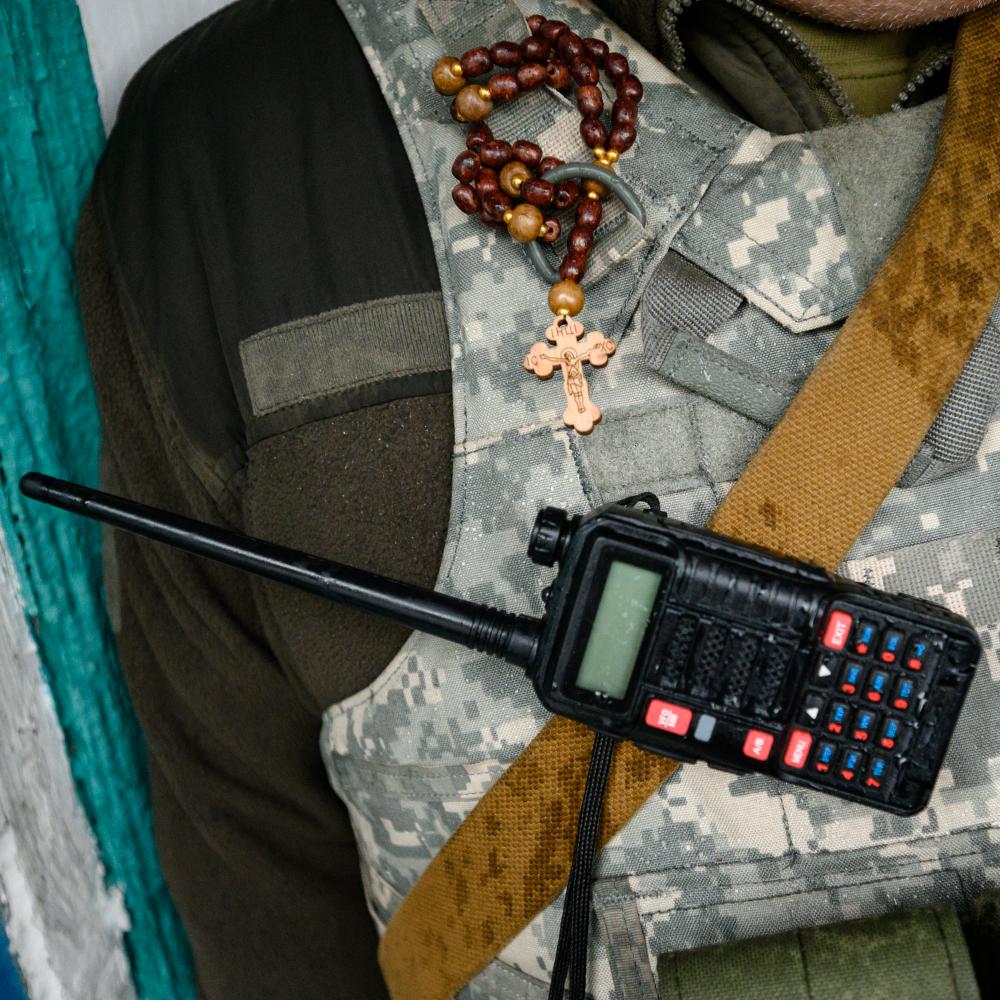
The Evolution of Digital UHF Radios
Over the past two decades, the transformation of Digital UHF Radios has been remarkable. Moving from bulky analog devices to sleek, digital gadgets, these radios now offer unparalleled clarity and functionality. As a professional at White Cloud Communications Inc., with over 20 years of experience, I’ve seen firsthand how this evolution has enhanced communication in industries like law enforcement and healthcare.
Digital UHF Radios now boast features such as noise-cancellation, GPS tracking, and customizable channels. This advancement allows users to communicate clearly even in challenging environments. Our clients appreciate the reliability, especially in critical situations where seamless communication is vital.
Today, industries depend on these radios more than ever. In southern Idaho, sectors like mining and emergency services leverage our expertise to ensure their teams are always connected. The journey from analog to digital isn’t just a technological upgrade; it’s a leap in operational efficiency and safety.
What Benefits Do Digital UHF Radios Offer?
Digital UHF Radios are game-changers in wireless communications due to their numerous advantages over traditional analog systems. Firstly, they provide improved sound quality, reducing white noise and static. This clarity is crucial for high-stakes environments such as emergency response and security operations.
Secondly, their ability to transmit data alongside voice communications means users can send text messages and GPS coordinates. This multitasking capability makes them indispensable in industries like transportation and oil & gas, where situational awareness is key.
Lastly, digital radios offer encryption features, ensuring that communications remain confidential. In sectors like national security and law enforcement, privacy is paramount. In my years at White Cloud Communications Inc., this feature has been a significant selling point for many of our clients.
Which Sectors Rely Heavily on Digital UHF Radios?
Digital UHF Radios are the backbone of communication in various industries. In the healthcare sector, they ensure that medical staff can coordinate swiftly in emergencies. The hospitality industry uses them for seamless guest service and efficient operations.
Utilities and mining companies depend on these radios to maintain safety standards and operational efficiency. For example, in mining, where conditions are hazardous and unpredictable, reliable communication can mean the difference between safety and disaster. Our experience at White Cloud Communications Inc. has shown that a reliable communication system is an invaluable asset in such environments.
Transportation and logistics also utilize Digital UHF Radios extensively. Whether coordinating fleet movements or managing supply chains, timely and clear communication enhances operational effectiveness.
Perhaps most critically, emergency services and law enforcement rely on these radios to save lives. Communication clarity and reliability cannot be compromised in these fields, making digital radios the preferred choice.
How Do You Choose the Right Digital UHF Radio?
Selecting the best Digital UHF Radios begins with understanding specific operational needs. Here’s a straightforward process that can guide your decision:
- Identify Requirements: Consider the range, durability, and any special features like GPS or voice encryption.
- Consult Experts: Engage with professionals like those at White Cloud Communications Inc. to recommend devices tailored to your industry.
- Test Equipment: Before finalizing a purchase, test the radios in real-world scenarios to ensure they meet your operational criteria.
- Evaluate Feedback: Collect reviews from users within your industry to gauge satisfaction and performance reliability.
Following these steps ensures that the radio equipment not only meets but exceeds operational expectations.
How Do Digital UHF Radios Enhance Safety?
Digital UHF Radios enhance safety by providing clear, reliable communication, which is crucial in emergency and operational settings. Their capability to integrate with other technologies like GPS and emergency alerts ensures that teams remain informed and connected.
For example, in the fire and EMS sectors, quick and clear communication can prevent accidents and coordinate rescue operations efficiently. These radios also support encryption, safeguarding sensitive information.
- Real-time GPS tracking for team member locations
- Instant voice communication in noisy environments
- Encrypted channels for secure transmissions
At White Cloud Communications Inc., we emphasize these features to our clients to improve safety protocols and ensure seamless operations.
The Evolution and Importance of Short Wave Radio System
Having spent over two decades in the communications industry, I’ve witnessed firsthand the transformative power of the Short Wave Radio System. These systems play a pivotal role in maintaining communication in various sectors, providing an essential service that often goes unappreciated. Unlike other forms of broadcasting, short wave radio operates over longer distances, leveraging the ionosphere to reflect radio waves back to Earth. This unique characteristic makes it an invaluable tool for reaching remote areas where conventional broadcasting might falter.
The Short Wave Radio System has been a cornerstone for international broadcasting since the early 20th century. It was instrumental during the World War periods, conveying messages across continents with no reliance on satellite or the internet. Even today, short wave radio continues to be critical for emergency communication, especially in regions prone to natural disasters or where infrastructure is underdeveloped. Its ability to operate independently of the electrical grid ensures it remains a reliable mode of communication.
Short wave radio has adapted over the years to incorporate modern technology, enhancing its efficiency and usability. Digital advancements now allow for clearer transmissions and the integration of multimedia content, broadening its applications in various industries. As White Cloud Communications Inc. has observed, these technological innovations have enabled us to offer cutting-edge solutions tailored to the specific needs of our clients.
How Does a Short Wave Radio System Work?
At its core, a Short Wave Radio System utilizes frequencies between 1.6 to 30 MHz for long-distance communication. When a signal is transmitted, it travels upwards to the ionosphere, where it is refracted back to Earth. This phenomenon enables signals to cover vast distances, transcending the obstacles that typically hinder conventional radio waves.
The system comprises several key components, including the transmitter, receiver, and antenna. The transmitter converts an audio signal into electromagnetic waves, which the antenna then broadcasts. On the receiving end, the antenna captures these waves, sending them to the receiver, which decodes the message back into sound or data.
One noteworthy aspect of the Short Wave Radio System is its resilience in challenging conditions. Unlike mobile communication, which can be disrupted by weather or geographical impediments, short wave radio’s dependency on atmospheric layers allows it to maintain connectivity even in the harshest environments. For industries like mining or emergency services, this reliability is indispensable and often life-saving.
At White Cloud Communications, we emphasize the importance of understanding our clients’ unique environmental and operational challenges. This knowledge allows us to design systems that not only meet but exceed expectations in terms of reliability and performance.
Why Choose a Short Wave Radio System?
For professionals like myself who’ve navigated the complexities of communication systems, the decision to choose a Short Wave Radio System often boils down to its unparalleled reliability and reach. Its ability to penetrate beyond conventional barriers makes it the favored choice for operations in Southern Idaho’s vast and varied landscapes.
Industries such as fire and emergency services, national security, and rural education benefit immensely from short wave radio’s dependability. Unlike cellular networks, which can falter in remote areas, short wave radio guarantees coverage and robust communication channels essential for maintaining seamless operations. This has been particularly impactful in emergency situations where time is of the essence, and communication is the lifeline.
Furthermore, the flexibility of the Short Wave Radio System allows it to cater to diverse industry needs. It can be configured to operate in various frequencies and bandwidths, adapting to specific operational requirements. For example, in security operations, short wave radio can offer encrypted communications, ensuring confidentiality and security for sensitive information.
What Are the Steps to Implementing a Short Wave Radio System?
Implementing a Short Wave Radio System in any organization involves several sequential steps, each critical to ensuring optimal functionality. As someone deeply involved in these processes, I can provide a reliable framework that’s both comprehensive and practical.
- Assessment: Evaluate the specific communication needs of the organization, considering factors like distance and environmental challenges.
- Design: Develop a tailored system design that includes the choice of equipment and antenna configurations suited to the organization’s requirements.
- Installation: Proceed with the installation and integration of the system, ensuring all components are properly set up and tested.
- Training: Conduct thorough training for all users, equipping them with the necessary skills to operate the system efficiently.
This process ensures that the Short Wave Radio System is not only installed correctly but also fully utilized, maximizing its potential as a communication tool. Our experience at White Cloud Communications tells us that hands-on training is crucial for user competence and confidence, ultimately leading to better adoption and use.
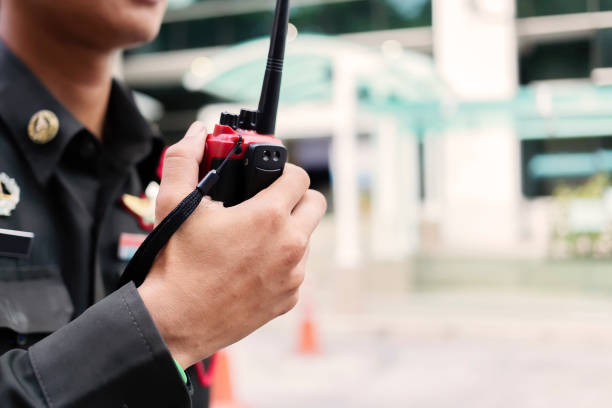
How do UHF Radios enhance communication in industries with challenging environments?
UHF Radios are a crucial tool in environments where reliable communication is difficult but essential. These radios operate in the 300 MHz to 3 GHz frequency range, which allows them to penetrate building structures and foliage more effectively than other frequencies. This quality makes UHF Radios particularly beneficial for industries like mining, oil & gas, and emergency services, where workers are often separated by physical barriers or involved in operations in remote locations. As a practical example, imagine coordinating a rescue operation in a dense forest; the UHF Radio’s ability to cut through obstructions ensures that teams maintain constant communication, which is vital for safety and logistical coordination.
What are some key benefits of using UHF Radios in business operations?
The benefits of UHF Radios extend beyond basic communication. They offer multiple channels, which means different teams can communicate without interference–think an event management team coordinating security, catering, and logistics simultaneously without crossing lines. Their robust design also means they are built to withstand harsh conditions, crucial for industries like construction where equipment is exposed to dust, water, and accidental drops. At White Cloud Communications, we’ve observed that businesses using UHF Radios report increased operational efficiency and improved team coordination, even in the most challenging environments.
What are the best practices for using UHF Radios in emergency situations?
In emergencies, communication is life-saving. UHF Radios stand out because they are reliable and easy to use in high-pressure situations. Best practices include ensuring radios are fully charged and regularly tested. Assigning a communication officer can manage radio traffic effectively, maintaining clarity in chaotic situations. Establishing clear communication protocols ensures that all team members understand how to use the radios effectively. Finally, conducting regular drills helps teams stay prepared. Imagine a fire emergency: a well-rehearsed protocol allows firefighters to coordinate entry and exit points efficiently, reducing risks and saving lives. Could your industry’s emergency protocols benefit from incorporating more robust communication strategies?
What common issues might arise with UHF Radios, and how can they be addressed?
While UHF Radios are generally reliable, users might occasionally encounter issues like signal interference or battery life concerns. Interference can often be mitigated by strategic placement of repeaters, which extend the radio’s range and enhance signal clarity. Investing in quality batteries and scheduling regular maintenance checks can prevent operational disruptions. At White Cloud Communications, we advocate for routine training sessions to ensure users can handle equipment malfunctions calmly and efficiently. By anticipating potential issues and preparing solutions, businesses can minimize negative impacts on their operations.
How have Digital UHF Radios evolved, and what advantages do they offer over analog systems?
The evolution of Digital UHF Radios has been transformative. Moving from bulky analog systems to sleek digital devices, these radios now offer enhanced clarity and reliability. Digital models often come with features such as noise cancellation, GPS tracking, and encryption, making them indispensable in security-sensitive industries like law enforcement and national security. For instance, in healthcare, digital radios allow seamless communication without the distracting static that can interfere with delivering timely patient care. This leap in technology signifies not just an upgrade in hardware but an evolution in how industries can enhance their communication efficiency.
How do Digital UHF Radios contribute to enhanced safety?
Digital UHF Radios significantly enhance safety by ensuring clear and reliable communication, which is crucial in emergency scenarios. Features like GPS tracking and instant voice communication allow for better coordination and situational awareness. For example, in the fire and EMS sectors, these radios enable responders to track team locations in real-time, facilitating quick assistance and preventing miscommunication. Additionally, encrypted channels ensure that sensitive information remains secure, an essential consideration in law enforcement. Have you considered how digital communication tools could further bolster safety in your field?
Why might an organization choose to implement a Short Wave Radio System?
Short Wave Radio Systems are chosen for their unparalleled reliability and capability to operate independently of conventional infrastructure. They offer extensive range due to their unique ability to bounce off the ionosphere, making them invaluable in reaching remote areas where traditional communication networks may not reach. Industries such as emergency services and rural education gain immense benefits from this system, ensuring communication continuity even during infrastructure failures. In scenarios like natural disasters, where conventional networks fail, short wave radios can maintain critical lines of communication, supporting disaster response and coordination efforts. Is your organization prepared for communication challenges in remote or underserved areas?
What are the critical steps for implementing a Short Wave Radio System in an organization?
Implementing a Short Wave Radio System involves a series of well-planned steps to ensure optimal performance. First, assessing the organization’s communication needs is crucial, considering the required coverage and potential environmental challenges. Next, a tailored system design, including proper equipment and antenna configurations, should be developed. Following installation, comprehensive training ensures that users are competent and confident in operating the system. At White Cloud Communications, we’ve seen how thorough implementation and training can maximize the system’s capabilities, ensuring it serves the organization’s needs effectively. How might these steps transform communication processes within your organization?
Resources
We are certified dealers of the following brands:

